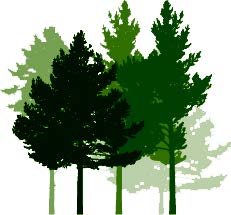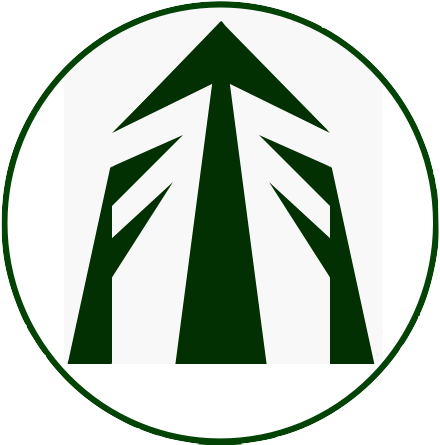Search technical reports
The decay resistance of alternative species in an accelerated framing test - Assessment of decay after two years' exposure
By Ian Simpson, Tripti Singh and Diahanna O'Callahan, June 2024.
Specialty Timbers NZ report n/a
Executive summary
These assessment results have been made available to industry by Scion, but funding was not available for Scion to produce a report.
Sets of framing samples were exposed in high humidity conditions of 85-90% relative humidity and 25 – 27°C. The species and preservative treatments included in this test were:
- Eucalyptus fastigata, mixed heartwood\sapwood, untreated and boron treated.
- Eucalyptus fastigata, LVL, untreated and boron treated.
- Eucalyptus nitens, untreated and boron treated.
- Eucalyptus regnans, heartwood, untreated
- Cupressus macrocarpa, young and old trees, heartwood, untreated.
- Cupressus x ovensii, heartwood, untreated.
- Larch, heartwood, untreated.
- Douglas-fir, mixed heartwood\sapwood, untreated.
- Radiata pine, mixed heartwood\sapwood, untreated and H1.2 boron treated.
All of the framing samples were periodically sprayed with water at approximately two weekly intervals to maintain the wood moisture content at a level suitable for decay to progress. Before exposure in the high humidity condition, samples were also soaked in water for two hours.
The method of testing followed the procedure described in Australasian protocols in this case for the Hazard class H1.2. This test method simulates the common framing joint in house framing between studs and plates, where in a leaky building, moisture may become trapped and provide suitable conditions for fungi to establish.
After two years’ exposure to accelerated decay conditions, the following conclusions can be drawn from this report:
- Decay had not developed in boron treated Eucalyptus fastigata solid wood, boron treated Eucalyptus fastigata LVL, boron treated Eucalyptus nitens, and boron treated radiata pine.
- The first stages of decay had developed in untreated Cupressus macrocarpa from young and old trees, untreated Larch and untreated Cupressus x ovensii.
- Lightly established decay had developed in untreated Eucalyptus fastigata LVL.
- Well established decay had developed in untreated Eucalyptus fastigata solid wood, untreated Eucalyptus nitens, untreated Eucalyptus regnans.
- Severe decay was observed in untreated Douglas-fir and untreated radiata pine with most untreated pine samples failing after two years exposure.

 Specialty Timbers New Zealand
Specialty Timbers New Zealand
No posts yet
Add a post